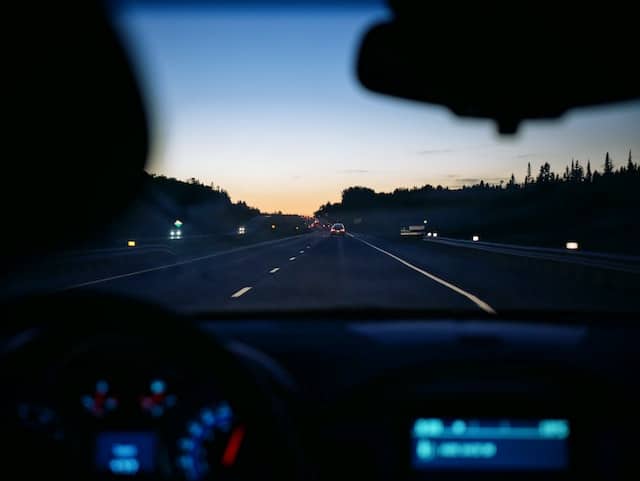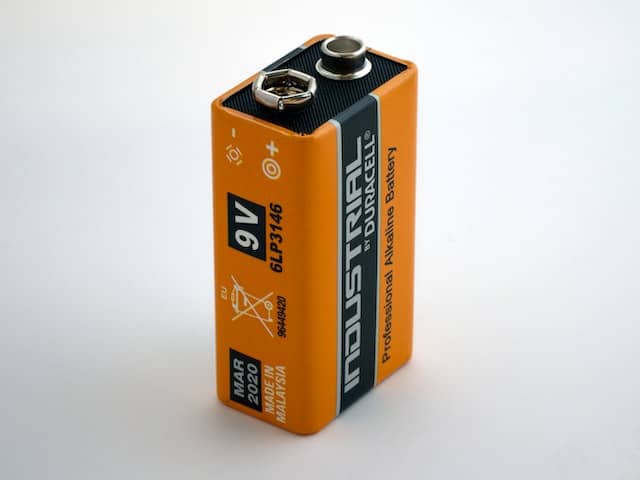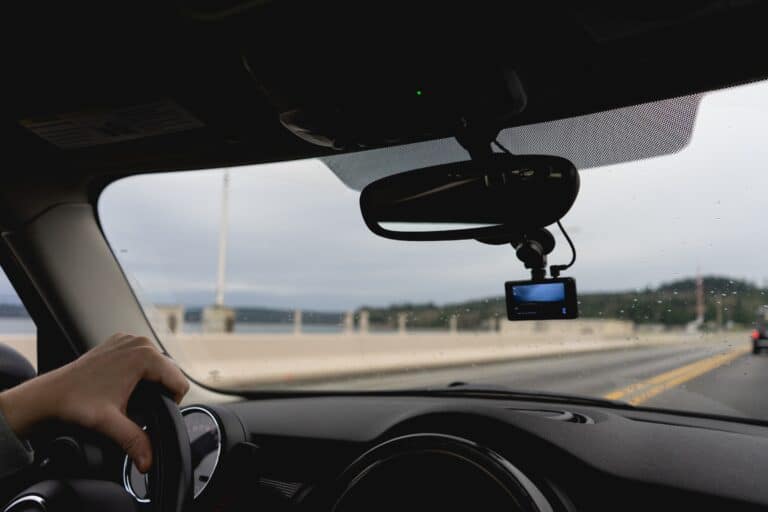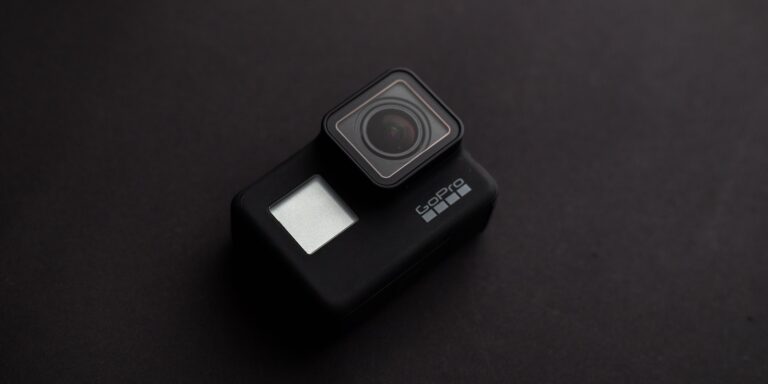What Is WDR On Dash Cam? Explained!
Have you ever come across the term “WDR” on dash cam specifications and wondered what it actually means?
Don’t worry! You’re not alone.
This term can be quite confusing, even for seasoned dash cam users. But fear not, because, in this blog post, we’ll break down what WDR is and how it can benefit you in capturing high-quality footage while driving.
So, if you’re looking to upgrade your dash cam or are just curious about what WDR means, keep reading!
Table of Contents
- What Is WDR On Dash Cam?
- How Does WDR Work?
- Why Should You Choose A Dash Cam With WDR?
- What Is HDR vs WDR camera?
- Should You Keep the Dashcam WDR On or Off?
- The Bottom Line
- FAQs
What Is WDR On Dash Cam?

WDR, short for wide dynamic range, is a feature that allows the dash cam to capture clear and defined footage even in uneven and contrasting levels of brightness.
It balances the bright and dark areas of the image to create a more uniform image. This means that a WDR-enabled dash cam will record precise images with easily distinguishable elements in difficult light conditions.
In other words, WDR analyses the level of lightning in the environment and adjusts itself accordingly. The result is an enhanced image that lets you see details that would otherwise appear blurry.
WDR is particularly useful while recording footage in overexposed (brightly lit) or underexposed (poorly lit) conditions. It’s because WDR can capture details in bright and dark parts of the image at once. The main aim of a wide dynamic range is to provide the best possible viewable image.
Even though the wide dynamic range lets you see details in the footage more clearly, it slightly deteriorates the overall quality of the image.
Click here to check out our guide on the best dash cams for live streaming.
How Does WDR Work?
WDR on a dash cam works by capturing several images at varying levels of brightness and then combining them to create one enhanced image.
As wide dynamic range dash cams work in challenging light conditions such as nighttime or bright sunlight, they come with advanced light sensors. A shutter, then, controls the amount of light the sensor gets and helps create a compensated image.
It uses a fast shutter speed in bright areas so that the sensor is exposed for less amount of time. Whereas, it uses a slow shutter speed is used in dark areas so that the sensor is exposed for a longer period of time.
In this way, the dash cam captures multiple images, each at a different light intensity. Finally, it merges all images to create an image with an appropriate and balanced illumination level.
Why Should You Choose A Dash Cam With WDR?
A WDR on dash cam fulfills the basic purpose of a dashcam: to record evidence. A wide dynamic range allows the dashcam to record footage even in challenging light conditions without missing out on details.
As WDR creates a balance between the light and dark areas of the image, it allows the dashcam to record details better. These may include signboards and number plates of cars.
An ordinary dashcam without WDR cannot record with such precision in very low or high brightness levels. It enables the viewer to discern important shapes and figures in the footage. This eventually proves useful in insurance claims and police evidence.
You should definitely consider buying a WDR dashcam if most of your travel occurs during nighttime.
If you’re looking to buy a new dashcam, view our guide on what to look for in a dashcam.
What Is HDR vs WDR camera?
Although HDR and WDR perform a similar function of processing images to improve clarity in highly contrasting conditions, they have some differences. HDR stands for high dynamic range and is implemented through software, while WDR stands for wide dynamic range and is implemented through hardware.
Both technologies strive to create a balance between the bright and dark areas of an image to produce clearer results. However, in terms of quality, HDR cameras typically produce better images as they create a perfect balance between the unequally exposed areas without compromising the overall image quality. WDR, on the other hand, may slightly deteriorate the image quality.
Should You Keep the Dashcam WDR On or Off?
Enabling WDR can often increase the noise in an image and make it appear more washed out. This is because the WDR feature prioritizes recording the maximum possible details over image quality. As a result, images and videos recorded with WDR off generally appear more visually appealing.
However, despite the potential drawbacks, leaving WDR on can be beneficial in high-contrast settings, such as bright sunlight or dark tunnels, as it can capture more detail than WDR off-dash cams. On the other hand, if you are looking for more vibrant colors and your environment has low contrast, then it is better to leave WDR off.
Ultimately, the decision to enable or disable WDR comes down to the level of contrast in the environment. If the contrast is high, turning on WDR can help create a more balanced image, but if the contrast is low, leaving WDR off can result in a less washed-out picture.
The Bottom Line
WDR on dash cam stands for wide dynamic range. It’s a technology that can make a big difference when it comes to capturing high-contrast images. Basically, WDR balances out the illumination between the brightly lit and poorly lit parts of an image, resulting in a more evenly lit picture.
But here’s the thing: not all dash cams have WDR technology. If you’re looking for a dash cam that offers this feature, be ready to spend a little extra cash!
FAQs
Wide dynamic range is an advanced feature that’s not available on all dash cams. Only certain high-end dashcams offer this feature, and as a result, they can be more expensive than those without WDR. If you’re interested in purchasing a dash cam with WDR technology, it’s important to carefully review the specifications of the device before making your purchase.






